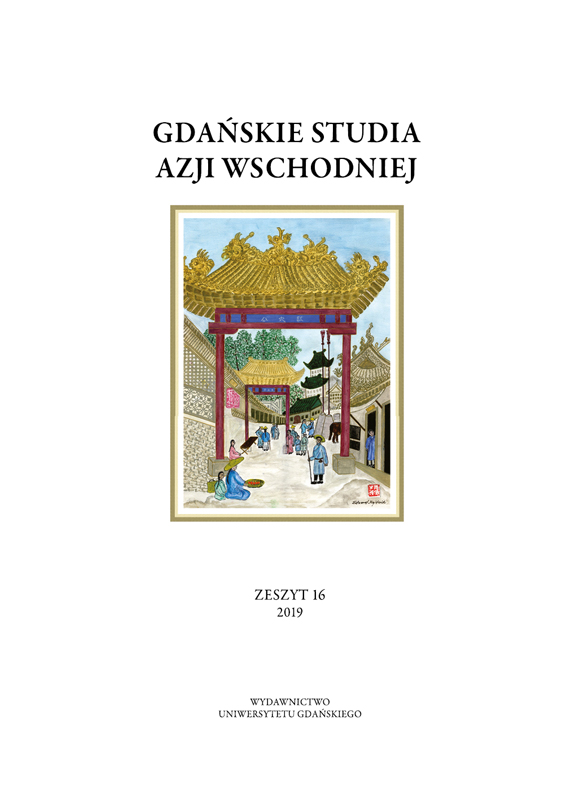Deposit funding of Islamic and conventional banks in Malaysia
Abstrakt
Banks have very diverse structures of funding, which has not changed significantly over the years. Forms of funding used by modern banks include: capital, deposits and wholesale funding. Deposits, especially retail ones constitute the main source of bank funding. Banks’ customers invest their money in the form of deposits usually in order to receive interest. What also attracts customers to deposits is the security of investment. Banks deposits come with a very low default risk, since they are usually protected under deposit guarantee schemes.
However it should be noted that not all banks can offer deposits characterised by the above-mentioned features. In the 1970s, an alternative banking system emerged in which financial instruments, including deposits, are structured in a different, unique way. A distinctive feature of Islamic banks is the obligation to conduct operations in accordance with the principles of sharia, which is the religious law of Muslims. The basic sharia principle applied by Islamic financial institutions is the prohibition of usury (arab. riba), which is understood as any sort of increase over the principal amount. The prohibition of riba has huge implications on operations conducted by Islamic banks since none of them can be based on interest. This also applies to deposits. It should be noted that Islamic scholars are generally of the opinion that saving is desirable, or even necessary, for the economic and social development of Muslim societies. However, mobilisation of savings in the Islamic banking system is much more challenging than in the conventional one. Deposits cannot be based on interest rate since this is contrary to sharia, but they still should bring certain profits so as to promote savings. The main purpose of the article is to characterise Islamic banks’ deposit funding and to compare the scope of usage of deposits in Islamic and conventional banks via the example of Malaysia. In the study qualitative, as well as quantitative research methods have been employed.

 Uniwersyteckie Czasopisma Naukowe
Uniwersyteckie Czasopisma Naukowe





